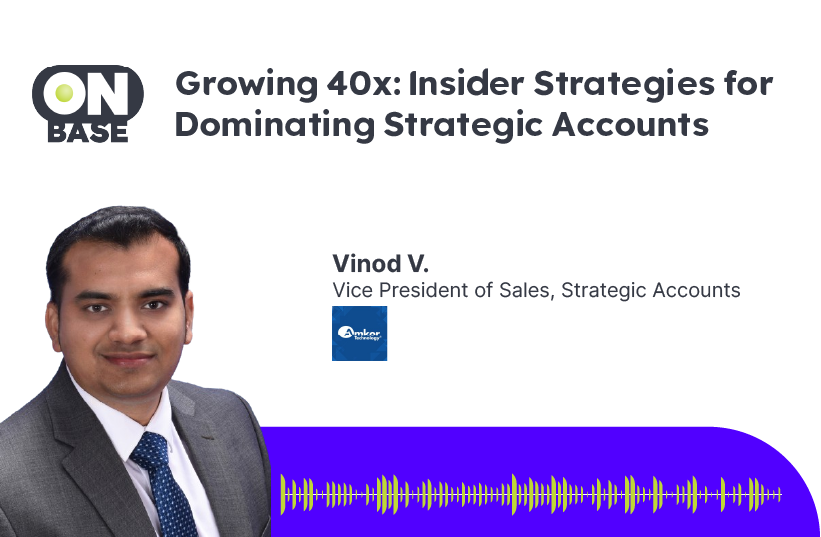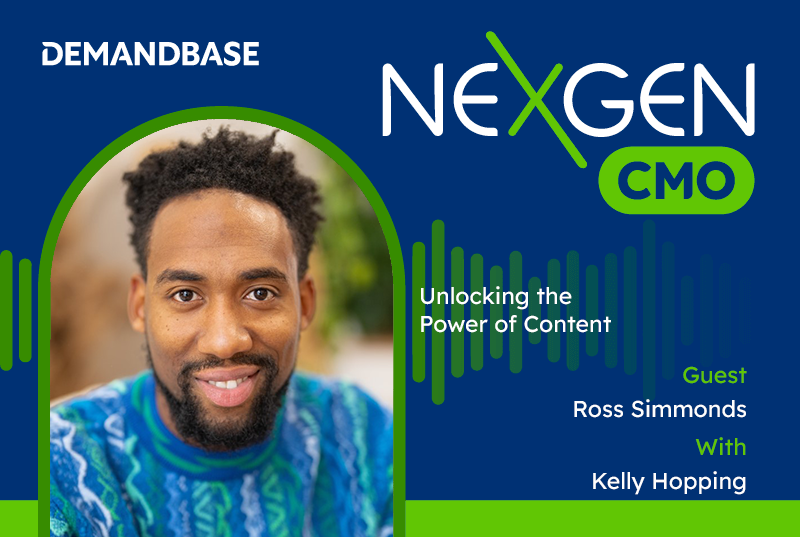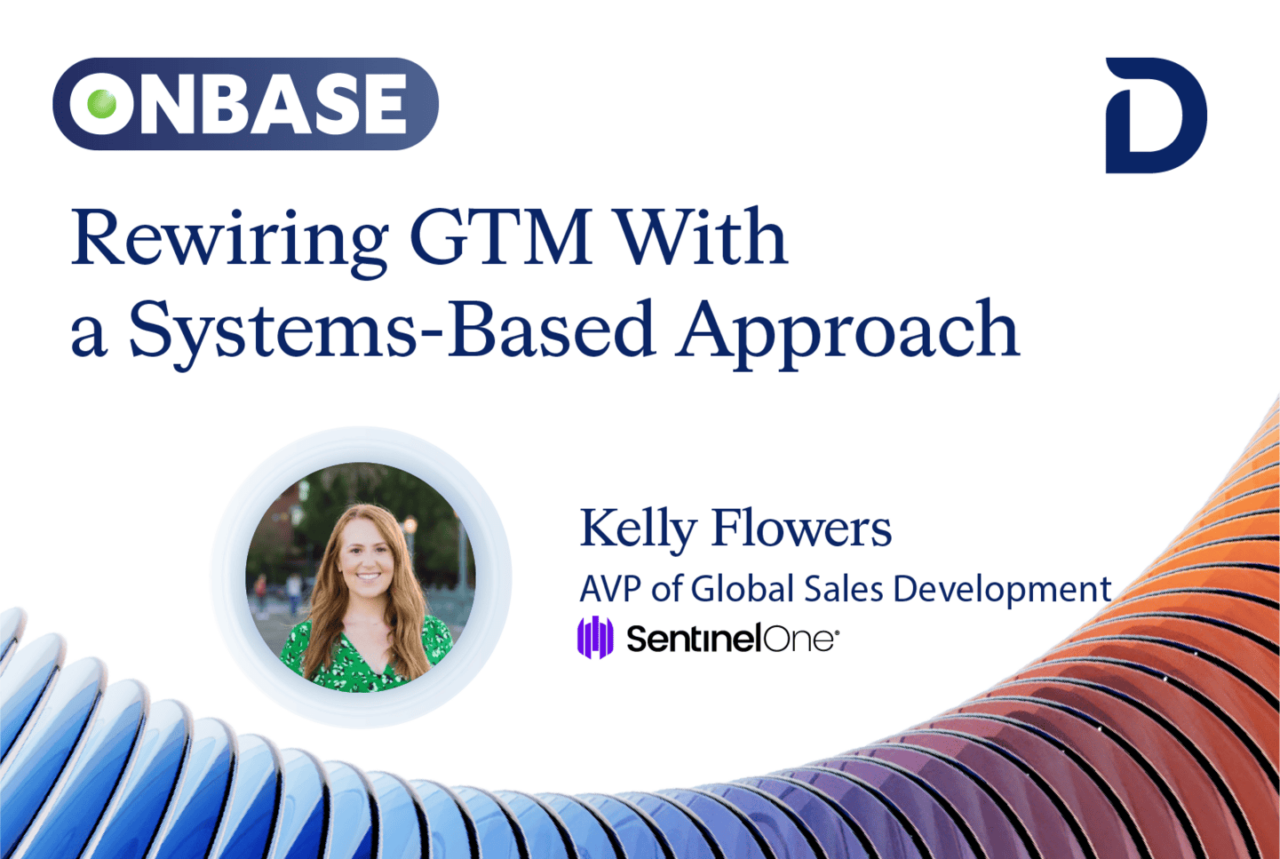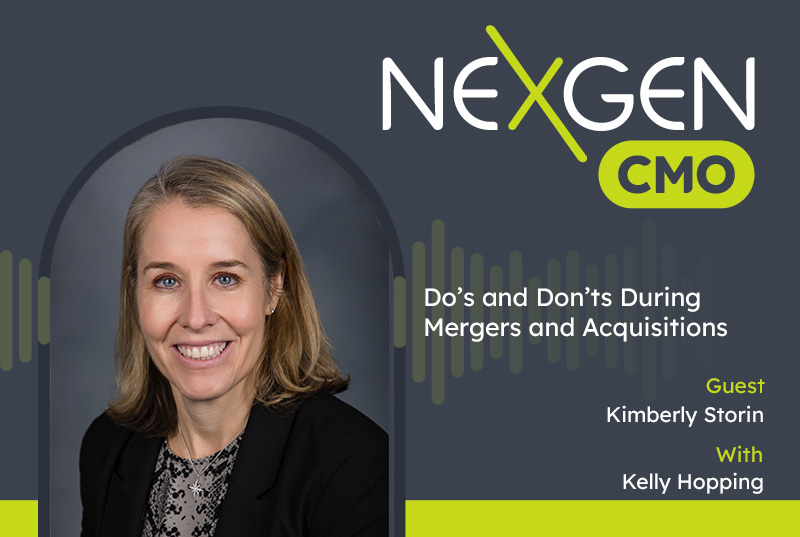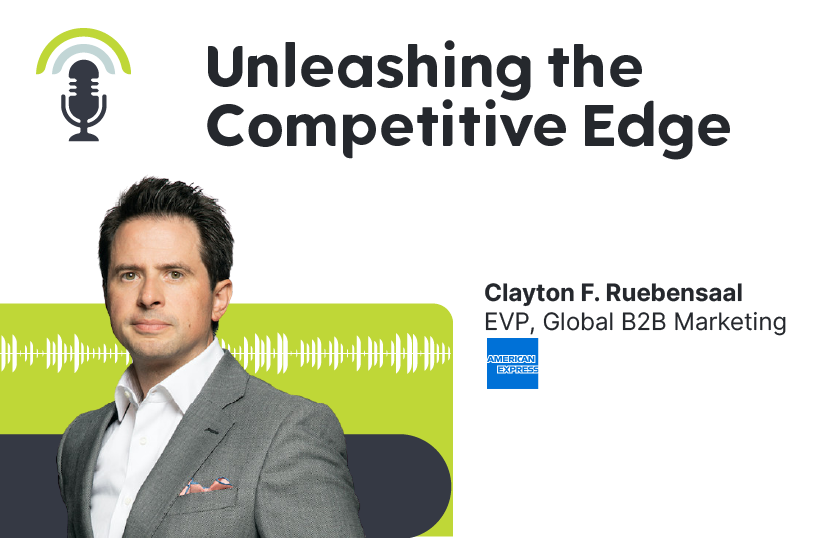
The Obsession Advantage – Unleashing Competitive Edge and Inspiration
Shownotes
In this episode of Sunny Side Up, host Michael Malone interviews Clayton Ruebensaal on the topic of the obsession advantage and its importance in unleashing competitive edge and inspiration. Clayton, an experienced leader in marketing and analytics, shares insights on how obsession fuels the pursuit of extraordinary accomplishments, citing NASA’s success in getting a man to the moon. The conversation explores the challenge of getting different stakeholders on board with a singular mission, emphasizing the power of creating a unified focus on improving customer experience. Clayton shares how a focus on safety at Alcoa Aluminum Company led to better communication and accountability. The conversation also examines successful companies like Apple and Google that have chosen a central thought or identity as their key to success, emphasizing the advantages of a singular focus. Clayton also shares personal experiences at American Express during the pandemic, where focusing on helping businesses led to high ROI.
About the Guest
Clayton has led marketing and analytics for American Express and The Ritz-Carlton and has held leadership roles at some of the world’s most influential advertising agencies. Most recently he led B2B Marketing at American Express driving programs that support American Express’ long legacy of backing small and minority-owned businesses, helping them do more business.
Before this role, Clayton served as the head of American Express Global Brand Management where he was responsible for developing the company’s first-ever global brand strategy which unified all markets and brought together B2B and B2C positionings under a single global marketing platform.
Connect with Clayton Ruebensaal
Key Takeaways
- Obsession can give an organization a competitive edge.
- Clayton emphasizes the importance of listening to customers and getting to know them on a deep level.
- Clayton believes that the obsession advantage comes from being customer-centric, understanding the customer’s needs, and solving their problems.
- He encourages organizations to develop a culture of obsession, where everyone is committed to the same goal of serving the customer.
- Clayton believes that the key is to get people excited and clear about where the organization is going.
- Everyone should have the same job or goal, regardless of their role in the organization.
- Focusing on safety can create workplace safety, accountability, and responsibility, improve communication, and lead to positive results beyond workplace safety.
- Focusing on one thing is not limiting but galvanizing the organization behind it.
- Obsession is a key component in achieving one’s goals or the company’s goals.
- A big obsession is what can lead a business, brand, artist, inventor, or scientist to the next level.
Quote
“By focusing on that one thing, you’re galvanizing the organization behind it. You’re creating something that becomes clear for people to join you, whether there’s people or employees or partners, or your customers.”
– Clayton Ruebensaal
Highlights from the Episode
What is the value of obsession in fueling the pursuit of extraordinary accomplishments, and how can it help achieve goals set by individuals or businesses?
Clayton believes that obsession can be incredibly valuable in fueling the pursuit of extraordinary accomplishments, both for individuals and businesses. He has found that some of the most successful and fulfilling moments in his career have come from obsessing over a problem or customer audience and getting deeply involved in the details. He has been keeping notebooks on this subject for the past five years and has found many examples of how obsession can lead to great things.
One example Clayton often cites is NASA. Before John F. Kennedy’s famous challenge to land a man on the moon, NASA was a struggling organization with a three-pronged strategy that was not producing satisfactory results. But when JFK galvanized the organization around a singular goal of getting a man to the moon, everyone from engineers to janitors had a clear purpose and worked towards the same objective. This obsession with achieving a singular goal led to incredible success. Clayton believes that this kind of obsession can help individuals and businesses achieve their goals by providing a clear direction and focus. When everyone is working towards the same goal, it can create a sense of purpose and excitement that can drive extraordinary accomplishments.
How do you get people on board with a common focus despite their varying backgrounds, experiences, and personal agendas within a large organization, partners, or customers?
Clayton believes that getting people on board with a common focus despite their varying backgrounds, experiences, and personal agendas within a large organization, partners, or customers is a difficult challenge. Different people at different levels of the organization have their views of what success looks like, and they have their objectives, politics, and culture. To get everyone on the same page, it takes a lot of hard work.
Clayton thinks that the magic of getting everyone on the same page is created with a lot of hard work. He has seen it work powerfully in the brand strategy work at American Express. It was about understanding the constituents and what they need, what they are looking for, and what stresses or opportunities they have. Understanding the people inside the organization is just as important as understanding customers as marketers. Clayton believes that understanding what makes people tick, understanding their business objectives, and understanding the pressures they are under are critical. When coming up with a common goal, it is essential to understand how it’s going to serve their part of the business in product or risk management or sales or finance. In his experience at Ritz-Carlton and American Express, understanding the human beings in the organization at a personal and business level has been the secret to success.
What was the approach taken by the Fortune 100 tech company to improve the customer experience and how did it impact their brand identity?
Clayton suggests that getting everyone on board with a common focus can have a multiplier effect of clarity and success. An example is provided from Ritz Carlton where the focus was on selling memories rather than just providing a hotel experience. This approach was worth the price premium and was able to unify the 40,000 employees in every department. The training focused on creating guests for life and everyone understood their role in making that happen. This approach created an infectious and fun atmosphere that made it clear who Ritz Carlton was and what their employees were supposed to do. Despite having a large number of employees, this approach was successful in unifying everyone toward a common goal.
How does providing autonomy and a sense of pride and involvement in their role contribute to an individual’s feeling of worth and value within a company, regardless of their position such as a bellhop, bartender, or hotel staff?
Clayton believes that providing autonomy and a sense of pride and involvement in their role contributes significantly to an individual’s feeling of worth and value within a company, regardless of their position, such as a bellhop, bartender, or hotel staff. He thinks that creating focus is becoming business-critical as everyone inside the company is incredibly distracted and bombarded with messages. While people are enjoying the flexibility and freedom of the new work environment, they need to be laser-focused on what they are doing and why they are doing it. Clayton also believes that being obsessed takes strategy to a different level, from having a mission statement to truly being on a mission. He mentions the example of the three-pronged strategy that NASA used to put a man on the moon. Clayton shares a case study about Alcoa Aluminum Company, where the new CEO, Paul O’Neal, focused the whole company on safety, creating a focal point of culture that led to success. By focusing on safety, the company improved communication, accountability, and responsibility, creating a positive work environment, which increased the company’s value by $27 billion.
Is it necessary to have a singular focus when trying to bring about cultural change or shift, such as the example of Paul O’Neal’s vision to focus on safety for significant, tangible benefits? And could the concept of the man on the moon be a great example of this singular focus?
Clayton believes that having a singular focus is necessary when trying to bring about cultural change or shift. He gives the example of Paul O’Neal’s vision to focus on safety, which resulted in significant, tangible benefits. Clayton also mentions the concept of the man on the moon as a great example of singular focus. He further explains that although it may feel scary to focus on one thing, focus strategies are not limiting but rather galvanizing, powerful, and competitively advantageous. Clayton points out Steve Jobs’ obsession with design at Apple, which led to a culture focused on design, and Marissa Mayer’s maniacal focus on the information at Google, which gave them a competitive advantage in the search engine wars. Therefore, Clayton believes that having a singular focus is not only necessary but also beneficial in bringing about cultural change or shift.
What led you to believe that the power of the session was an important topic to discuss? Was it a specific experience, a mentor, or a gradual realization over time? Were the examples of companies like Google, Alcoa, Apple, and NASA influential in your decision?
Clayton believed that the power of obsession was an important topic to discuss based on three things. Firstly, the Ritz-Carlton experience highlighted the power of memories in bringing a company together and leading to significant business results. Secondly, as the CMO of B2B at American Express, he inherited the idea of helping businesses do more business, which led to the success of Small Business Saturday during the financial crisis of 2008. This idea was further reinforced during the pandemic when customers had more questions than answers, and American Express created a platform called Business Class to democratize business education and help customers navigate through the crisis.
Thirdly, Clayton’s experience working on the agency side showed him that strategic frameworks such as vision statements, mission statements, or brand purpose were challenging to bring to life through an entire organization. The advantage of obsession is that it is probably something that is already true in the company but has not been articulated clearly. If done right, it can help to get the right customers, and employees, and motivate them. It can also be useful for time management, helping to focus on what is essential for the business’s success. Clayton believes that the time is right for more focused strategies to be successful in business. The examples of companies like Google, Alcoa, Apple, and NASA were not mentioned as influential in Clayton’s decision.
Should the obsession with a goal be tied to one’s identity, as seen with NASA’s mission to the moon or Apple’s focus on product design? Or can it be arbitrary?
Chris suggests that marketing teams and their counterparts can leverage their company’s strategic data assets in three simple ways. Firstly, they can find unique and relevant data that underpins their product, such as trending topics by account or region. Secondly, they should pick a handful of insights from the data set that align with their buyer’s top pains or needs, so they can show them something they care about. Thirdly, they should expose some aggregate of that data in a way that creates the ability for people to come back to them, such as a real-time dashboard or data stream. Chris emphasizes that the closer to real-time the data is, the better. By doing these three things, marketing teams and their counterparts can draw people in and create a magnet effect.
Do you have any advice for individuals or organizations who want to increase their level of focus and obsession, and establish a clear goal or mission to work towards? Specifically, where should they begin and how can they cultivate this mindset?
Clayton advises individuals or organizations who want to increase their level of focus and obsession and establish a clear goal or mission to work towards to begin by asking themselves if they are willing to commit to that thing that led them to take the first step on this path. He believes that commitment is the one word that denies people clarity and focus.
Clayton cites the example of Paul, who realized that he couldn’t be a successful CEO if he only focused on safe factories. He knew he had to capture all the other challenges to be more successful, and this led to the success of his business. According to Clayton, people, businesses, brands, artists, inventors, and scientists who are willing to commit will find another level of success. He believes that by focusing on that one thing, you are galvanizing the organization behind it, creating something that becomes clear for people to join, and creating something that if you’re good at it, is going to be incredibly differentiating in the marketplace. He encourages individuals and organizations to realize that by focusing on that one thing, they are expanding the universe and creating something unlikely to be replicated by a competitor who is not as focused.
Is there a book, blog, newsletter, website, or video that you would recommend to our listeners?
- Outliers: The Story of Success by Malcolm Gladwell
- Grit: The Power of Passion and Perseverance by Angela Duckworth
- The Power of Habit: Why We Do What We Do in Life and Business by Charles Duhigg
- The Mind Coach: Be the person you want to be by Jamil Qureshi
Shout-outs
Design and Consulting Firm IDEO
Law Firm Cravath, Swaine, and Moore LPP

Related content

